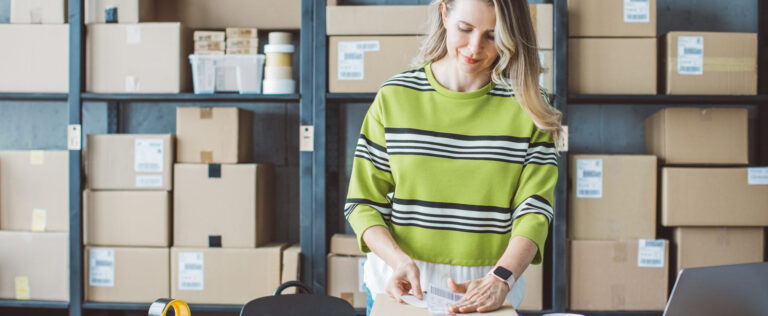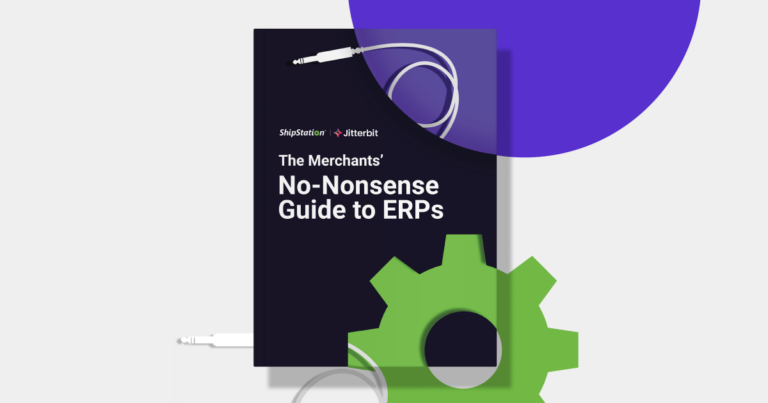Try Before You Buy: The Next Ecommerce Trend
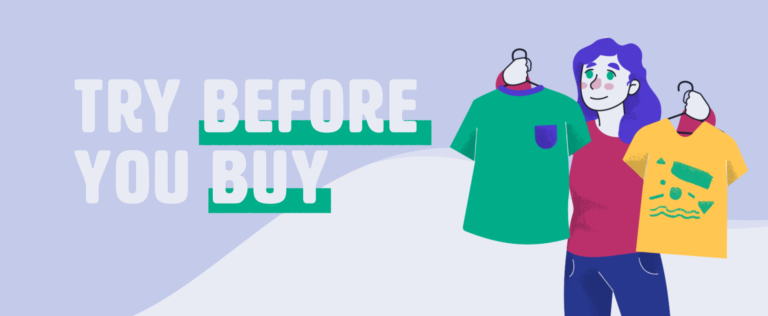
Try before you buy is the new ecommerce trend that’s giving brick and mortar retailers a run for their money.
This is especially true with the next generation of consumers. According to Mintel Reports, Gen Z represent $44 billion in direct buying power. They are also expected to make up 40% of consumers by 2020.
Consumers are becoming more tech savvy, and they expect brands to keep up. Because of this, ecommerce businesses now have a brand new horizon to pay attention to.
What Is Try Before You Buy?
Try before you buy is exactly what it sounds like. Customers get to try your products before they purchase them. Similar to the way they do in physical stores. Generally, customers are also offered with the option to send it back for free if the customer decides not to buy the product.
- Shoppers select their items on your website, then choose “pay later” at checkout.
- After checkout, the order ships. An email confirmation then sends to inform the customer when payment is due. This is typically sent within 7-30 days of delivery.
- Once the shopper receives their items, they’re able to log on and pay for the items they wish to keep. If an item(s) doesn’t fit or work out, it is returned. Like shipping, returns follow your company’s typical procedure.
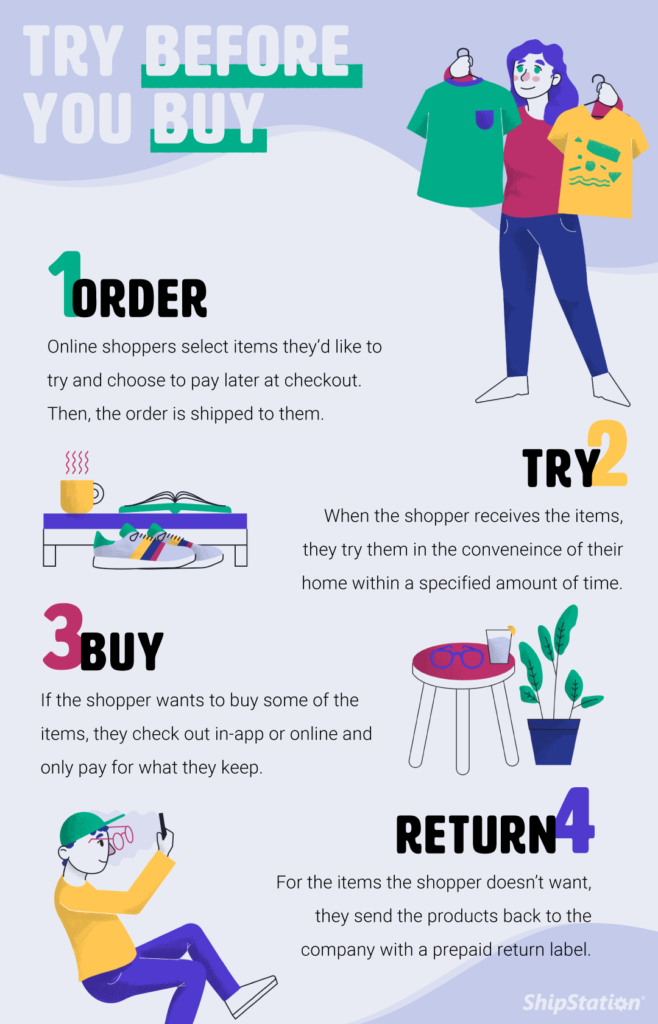
The Power To Help Close The Brick and Mortar Gap
Brick & mortar stores have long reigned supreme over online shopping. The obvious benefit is that the customer knows what they’re going to get when they can hold and inspect an item.
Ecommerce allows shoppers to browse from the comfort of their own home, on the go, or even directly from social platforms. The try before you buy model ensures peace of mind that an item can be returned if it doesn’t work out. Think of this more as a living room as a dressing room. Try before you buy just helps ensure that a customer returns the items they don’t buy to the mobile rack by the dressing rooms.
Debora LaBudde, is the founder of Memo, an ecommerce jewelry business that allows shoppers to try fine jewelry over a three day period. She explains, “The practice of allowing a client to take merchandise home prior to making a purchase has long been a tradition in the jewelry industry, but it’s most often reserved for V.I.P. clientele.”
This translates well to the ecommerce try before you buy option since most shoppers do see this as a VIP service. Reason being, the risk is low, the convenience is high, and the gap between the in-person and online shopping experience is blurred. In short, this is a feature that one tends to associate with established brands.
The Who & How of Ecommerce Companies Doing It
These are a few of the companies pioneering the try before you buy model:
Warby Parker
This eyewear company has a “Home Try-On” program where shoppers can test five frames for five days for free—including free shipping. Warby Parker may also be the most recognizable company that uses the Try Before You Buy model. Their approach is a bit different from other companies. Instead of shipping out actual merchandise, you receive a box containing different test models of glasses (like you would at the optometrist’s office). You then purchase your desired pair of glasses.
Its growth is superseding its competitors and has recently been valued at $1.7 billion.
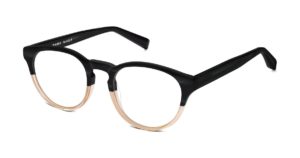
La Perla
La Perla is a luxury lingerie brand. Their Try & Buy button sits directly below its Add to Bag on each product page. It also gives a clickable explanation of the service.
The gist?
- Browse the site
- Add items to your bag via the Try & Buy button
- Receive items with no payment-up-front commitments
- Take 48 hours to try your selection in your own home
- Pay for the items you’ll keep or arrange a free collection of your returns
The brand believes it’s the perfect way to leap over the financial barrier customers might otherwise face since its products range in price from $500 to $1500.
Julia Haart, La Perla’s Creative Director, says, “Helping our customer discover their perfect fit is our main priority and Try & Buy provides the freedom to do this in the comfort of their own home. It is a remarkable way to bring the world of La Perla closer to the customer.”
ASOS
Launched in November 2017, try before you buy sales cushioned ASOS’s bottom line by 23%. The company quickly found out that if a customer is going to risk a purchase and needs to make a return, they’d much prefer to not wait for their refund. This model helps win sales and allows for 30 days of “try” following dispatch.
Nick Beighton, ASOS CEO, says, “Twenty-somethings play with their debit and credit card cash flows, so being able to try on fashion without being charged is a much better scenario for them.”
Amazon
Amazon launched Prime Wardrobe to Prime members in June of 2017. It offers customers the opportunity to choose 3-8 items across clothing, shoe, and accessory categories.
The customers are given a seven-day trial period before checking out. They can then pay for the items they want and return items they don’t with the provided return label. Customers simply drop off at their local UPS store.
The minor stipulations? You can only try on items eligible for Prime Wardrobe. Amazon will only ship one Prime Wardrobe order at a time prior to payment/return, and the company temporarily charges your credit card $1 for authorization (though the charge disappears shortly thereafter).
If a shopper forgets to complete their checkout prior to the 7 day try-on period, their credit card is automatically charged for all items in the order.
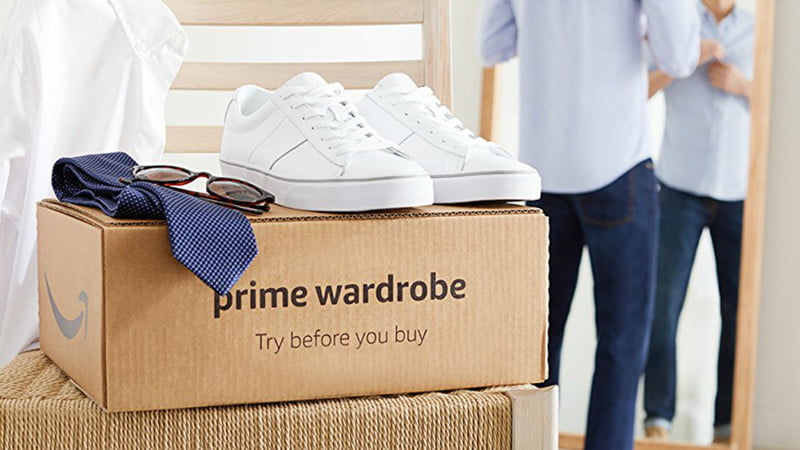
Try.com
Try.com lets shoppers try before they buy from many different online retailers at an incredible value. Their entry-level membership is just over $4/mo. Plus, they even offer a 14-day free trial to boot.
“This new website will solve your #1 online shopping problem.” -Brit + Co
“This new service is the holy grail for compulsive online shoppers.” -Refinery29
“We just discovered a shopping site that might change your entire life.” -WhoWhatWear
The company allows users to add a button to their Chrome browser that enables Try.com to show up on any site. Try.com then pays for a shopper’s items, and like Amazon, members have seven days to try items such as clothing, shoe, and accessory categories. It then sends back any items they don’t want. What they DO want, Try.com will charge them for.
How to Decide If It’s Right For Your Business

First thing’s first, decide how this will impact your bottom line and ask yourself the following questions:
1. Does this make sense for my industry?
You may have noticed from the above examples that “try before you buy” is most common with clothing and accessory companies. Does this model make sense for your particular products?
2. Will my products make it through the entire ship-try-return process?
It’s up to you to decide if your products are hearty enough to handle the process. Antiques, for example, may not be the best candidates for this service.
3. Are my return delivery options cost effective?
Your bottom line matters. Look at all your carrier options for cost-effective return shipping with your and consider opting into a slower return-ship option.
4. Do I have the proper systems in place to handle this offering?
We’ll soon hear from a company who’s already offering this service. Providing appropriate financing, logistics, merchandising, customer service, and IT all matter in “try before you buy.”
Weigh The Pros & Cons

After you’ve asked yourself, or your team, or board of advisors these questions, weigh the pros and cons.
Pros:
- The ultimate customer convenience + satisfaction
It’s the closest thing possible to shopping in a physical store. Shoppers do not have to wait for returns to be processed to get reimbursed. They also don’t have to experience the pain of ordering online only to find out that their item is nothing like what they thought it would be. Basically, major ecommerce pain points are completely alleviated.“The ‘want it now’ millennial approach to shopping across mobile devices,” says Luke Griffiths, VP of Klarna, “works well with pay-later initiatives for customers because of the ease and convenience.” - Speed
“But the retailer also benefits,” continues Griffiths, “as they are able to turn around and sell through product lines more quickly, rather than wait for ‘payday shoppers.’”“This methodology works for fast fashion because, fundamentally, customers tend to buy more because it’s cheaper. Businesses that thrive using this model have lower-value purchases but higher frequency because their target audience is younger and will benefit from the ability to pay later,” says Beata Roos, principal consultant at Practicology. - Boosts conversion
One example of boosted conversion comes from womenswear online retailer Lavish Alice. The company saw very positive results from the try before you buy model: their conversion rate rose 20% each year, average order values increased by 45%, and increasing revenue by 120%.
Cons:
- Cash flow hiccups
Retail analyst Richard Hyman says “UK retailers’ cash flow is under almost unprecedented pressure already, and to then essentially lend people products without receiving payment, or potentially losing the stock for the time period of trial to never receive payment in the end, is very interesting. I am really sceptical as to how it will work to benefit retailers.” (Drapersonline)Chief marketing officer of In The Style, Dane Stanley, agrees. “Brands will have to be able to monitor the impact on profitability before deciding how much try before you buy becomes part of their core proposition. Fulfillment and the potential for higher returns comes at a cost. That will need to be absorbed.” - Organizational challenges
La Perla’s Diddi Nihlén notes, “To launch a service of this scale, you need buy-in and alignment of all areas of your business, from finance and logistics to merchandising, customer services and IT. This can be a large and challenging undertaking for any business, including ours.” - Stock management
Nihlén continues, “Inventory management is a fundamental consideration for us. Although we haven’t had any problems yet, we are mindful of the risks related to having larger inventory volumes out on ‘loan,’ damage of product, and abuse of the system. But we have dedicated customer-care and quality-control teams that work closely with the service to flag up any issues that may arise so we can take action if necessary. These are all standard considerations for any online business.
Try Before You Buy: Expectations For 2021
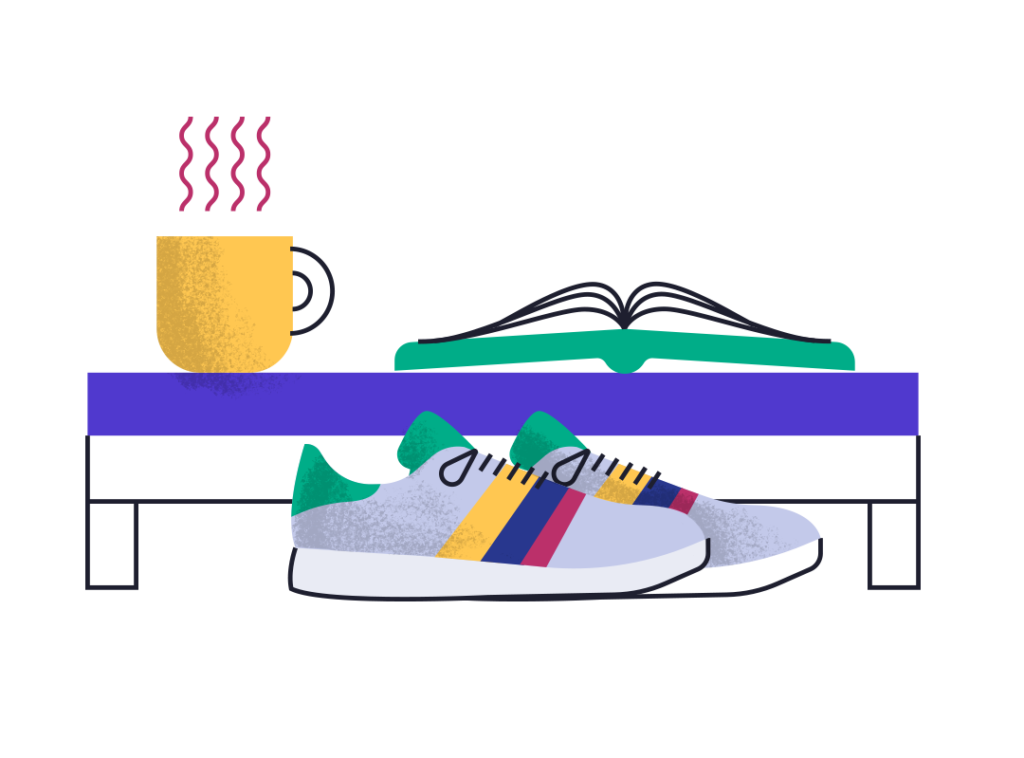
Brightpearl estimates that “25% of retailers globally will adopt online TBYB by 2019, but the majority are unprepared for surge of returns that could QUADRUPLE return costs for US retailers.”
“For consumers, try before you buy is a positive trend, removing another barrier to purchase,” says Derek O’Carroll, CEO of Brightpearl. He continues:
“The good news for retailers is that this will almost certainly lead to an uplift in sales. Our study indicates that shoppers want the option to order items such as clothes online but only pay once they decide to keep them, so it’s something that all retailers will need to consider to remain competitive.
However, this trend could spell disaster for retail business owners if they do not prepare. You need to have the right framework and solutions in place to manage returns. And, they’ll need to do so quickly as the trend becomes more widely adopted over the next year.
Consumers will buy more, but retailers must be ready for a potential flood of returns. Shoppers indicate that they could return an extra three items a month on average. It could spell an unmanageable tsunami of returns for some merchants.
It’s not all bad news; the fact that two-thirds of retailers are still processing returns ‘by hand’ shows that with the right preparation, and by exploiting the relevant technology, forward-thinking merchants should be able to turn the tsunami into a tide of fresh profits.”
The bottom line is that the try before you buy model isn’t just coming – it’s already here. Don’t feel pressured to make the leap before your business and its systems are ready, but look ahead and prepare for the future.
Be sure to have clear return policies with foolproof instructions. The simpler the returns process is, the more likely customers are likely to shop from you again. If your returns process is too cumbersome, customers may stop engaging with your try before you buy business. Consider including packaging materials so your products get back to you in one piece. Also, consider including return labels with the order.
And above all, know that the ecommerce world and its wave of opportunity truly is what you make it.


